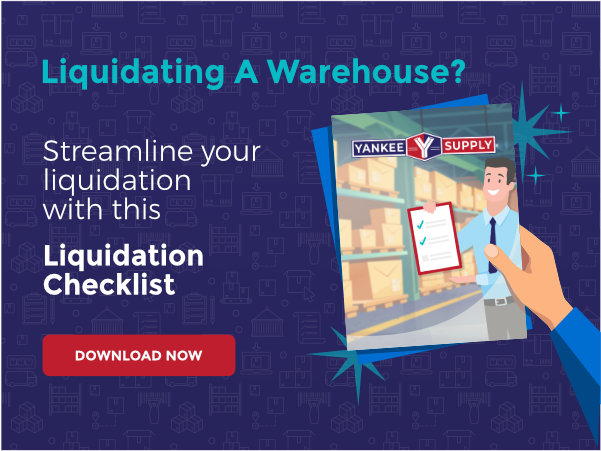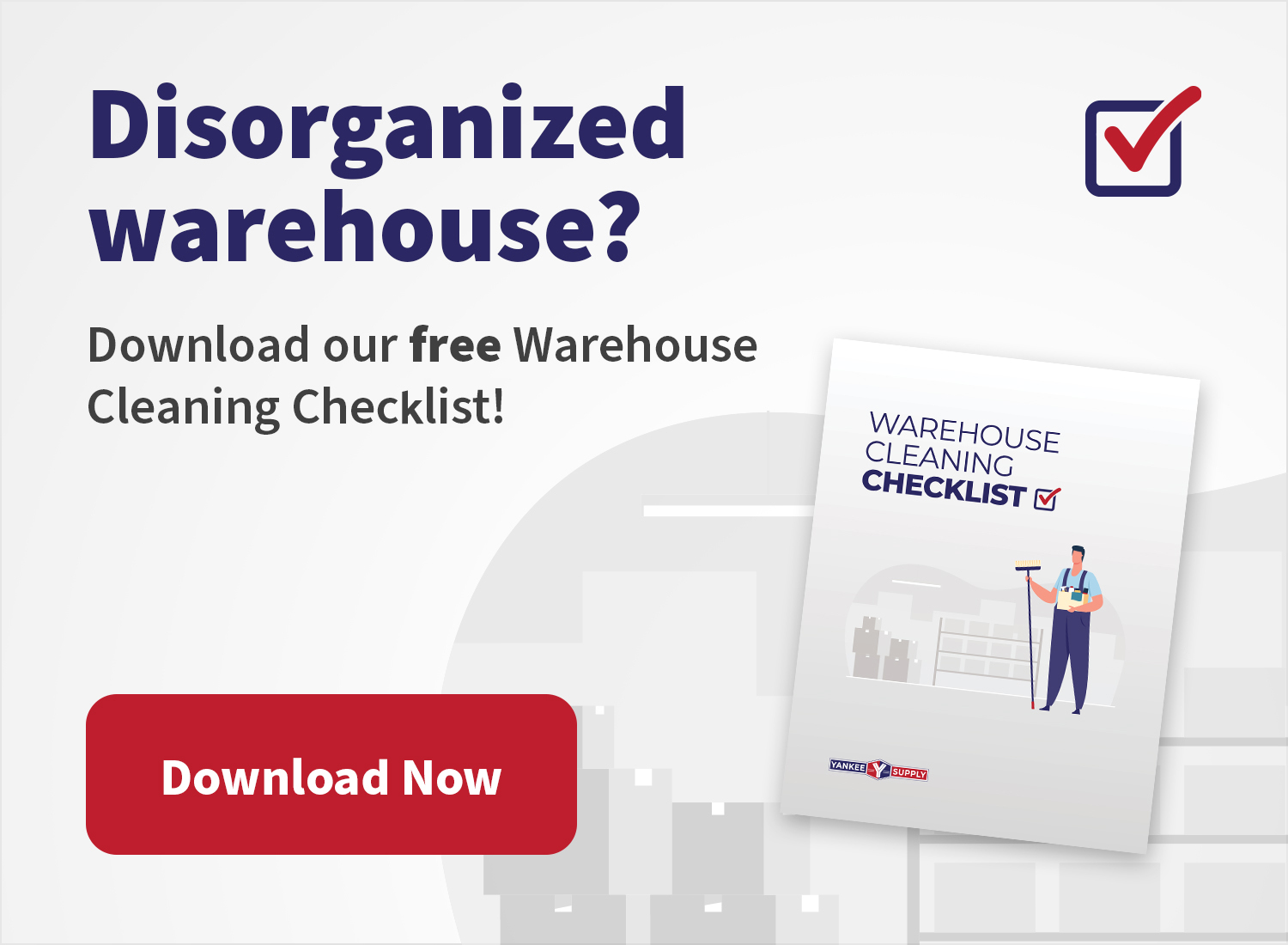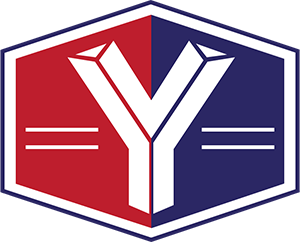Why you need a Warehouse Asset Liquidation Strategy?
Developing a Warehouse Asset Liquidation Strategy is essential for businesses looking to optimize their operations, maximize returns, and adapt to changing market dynamics. Warehouses often accumulate surplus or obsolete assets, tying up valuable capital and storage space. A well-thought-out liquidation strategy enables businesses to systematically identify, evaluate, and dispose of excess inventory or underutilized equipment. This not only frees up physical space but also unlocks financial resources that can be reinvested into core business activities.
Moreover, a proactive approach to asset liquidation helps prevent depreciation, reducing the risk of holding onto obsolete items. By implementing a strategic plan for asset liquidation, businesses can stay agile, maintain financial health, and ensure their warehouse resources are aligned with current market demands. Today. we’re letting you into a secret about warehouse liquidation that will change the way you look at the process.
Failing to plan is just like planning to fail
Everything begins with the drawing board. A successful Warehouse Liquidation Strategy begins with meticulous planning at the drawing board. The strategy should encompass crucial elements such as a comprehensive inventory assessment, clear identification of surplus or obsolete assets, and a systematic approach to their disposal.
Consideration of market trends, demand analysis, and financial evaluations are vital components to ensure that the chosen liquidation methods align with the overall business objectives. Integration of technology for efficient tracking and reporting can further enhance the strategy’s effectiveness.
Additionally, communication channels and stakeholder involvement should be clearly outlined to ensure a seamless execution of the liquidation plan. By incorporating these essential elements into the drawing board stage, businesses lay a solid foundation for a well-executed Warehouse Asset Liquidation Strategy that not only optimizes resources but also contributes to the overall financial health and agility of the organization. Below is a list of must-haves on your initial plan:
WHAT to Sell
Catalog, valuation, and disposal – your Big Three during the planning stage. Organizing everything into a single list will get things started for you. Assigning a category for each item (from for sale, for repair and for disposal) comes next. Lastly, you need to carefully profile and categorize the assets you tagged as “for sale”. This step will be crucial to the success of this liquidation effort.
WHEN to Sell
The next critical step after the Big Three is drawing your timeline. Each stage of your liquidation plan should be contained within a definite start and end date. Your timeline should also include buffer days to handle unexpected roadblocks that may happen along the way. You can divide the entire work effort into more manageable milestones, each with its own deliverables at the end of each period.
WHOM to sell to
Once you’re done with the “whats” and “whens” of the process, the final step is to define the “to whom”, or your target market. Knowing your clients and planning the most effective way to reach them and get their attention is a make or break. The whole point of liquidation is to turn your assets into profit and knowing your buyers is the ultimate secret.
Dynamic Catalog Management
You should be asking yourself what we mean by using the phrase “No One Has Told You Yet”. Now is the time to introduce the term dynamic catalog management. Most guides out there use a static, one-way marketing plan to liquidate assets. Using a one-size-fits-all approach will limit your potential profit if your chosen market, sales platform and logistics partner fails to meet your expectations.
The Dynamic Catalog Management is a strategy defined by assigning a marketing manager for each equipment category in your catalog (a well-structured catalog is key to make this work). These managers are expected to carefully choose the target market for their assigned category and most effective channel of communication to get in touch with their potential buyers. They should also profile their chosen clients and select the most cost-effective platform to use during the sales and delivery stages.
If you see the benefit of deploying this approach but don’t have the resources to execute it or you simply want experts to handle it for you, our liquidation experts here in Yankee Supply are here to help. You can even consider us as the potential buyer for your used equipment.
The Outline (including the Ultimate Secret of a Warehouse Asset Liquidation Strategy)
To sum things up, here is an outline of everything we have discussed:
- What
- When
- Timeline
- Start and End dates
- Buffer days
- Milestones and deliverables
- Whom
- Dynamic Catalog Management
- Each Equipment Category has its own manager
- Each manager will decide the best:
- Identify the best market for their assigned category
- Identify the best communication channel and build connection with their buyers
- Choose the best sales, delivery and disposal platform fit for their identified market
- Profit/loss projections and targets
We are here to help!
You should now feel confident that your next warehouse equipment liquidation work effort will be easy, organized and manageable. Things might get more complicated if you are planning to liquidate your warehouse products and equipment at the same time. Get in touch with our liquidation experts here in Yankee Supply and allow us to take care of the latter for you.











